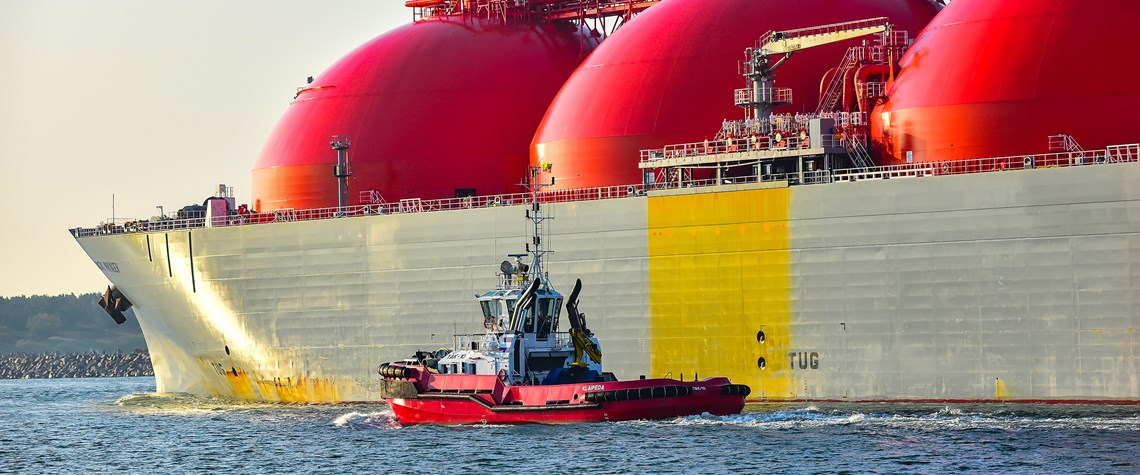The economic crisis caused by the Covid-19 pandemic, with its significant impact on industrial demand for gas and gas-fired power globally, could hardly have come at a worse time for an LNG liquefaction industry already grappling with oversupply and depressed prices.
And it is little surprise that the slew of proposed US Gulf of Mexico (GoM) LNG export projects slated for mid-2020s start-up will be subject to re-examinations in an even more cost-conscious environment. Some, even those that have taken FID already, are clearly at risk of being significantly delayed from original timescales or falling by the wayside.
The key questions are how many and which projects will be postponed or cancelled. For those betting that the answer is not many once the global economy starts its post-coronavirus recover, Shell’s decision this week to walk away from US midstreamer Energy Partners’ planned 16.45mn t/yr Lake Charles LNG project may be particularly concerning.
Lake Charles is relatively unusual among GoM projects in that it is a brownfield project. It proposes to repurpose an LNG regasification terminal constructed when the US was a gas importer into an export facility, which should give it cost advantages. “Having the ability to capitalise on our existing regasification infrastructure at Lake Charles provides a cost advantage over other proposed LNG projects on the Gulf Coast,” says Tom Mason, Energy Transfer’s EVP and president for LNG.
For remaining US LNG export optimists, the news could be viewed as less bleak than at first glance. For one thing, Shell has the largest global LNG supply portfolio and so can afford to be particularly choosy with which projects it progresses. Energy Transfer says it will explore the possibility of bringing in one or more equity partners as it aims to take things forward without Shell, and flags that it has had these conversations with “ several significant LNG buyers from Europe and Asia” who have expressed interest in potential offtake deals.
It is also worth noting that the initial Lake Charles import facility was built as far back as 1982, rather than being one of the early 2000s receiving terminals built by players such US independent Cheniere. This may reduce some of its greenfield cost advantage—indeed the fact the project is still in pre-FID when other import-to-export facilities are already established exporters may be telling.
Nonetheless, Energy Transfer is already looking at shrinking the plant from three trains to an 11mn t/yr two-train project. Its travails may point to a difficult time ahead for a majority of its peers.








Comments